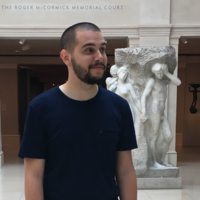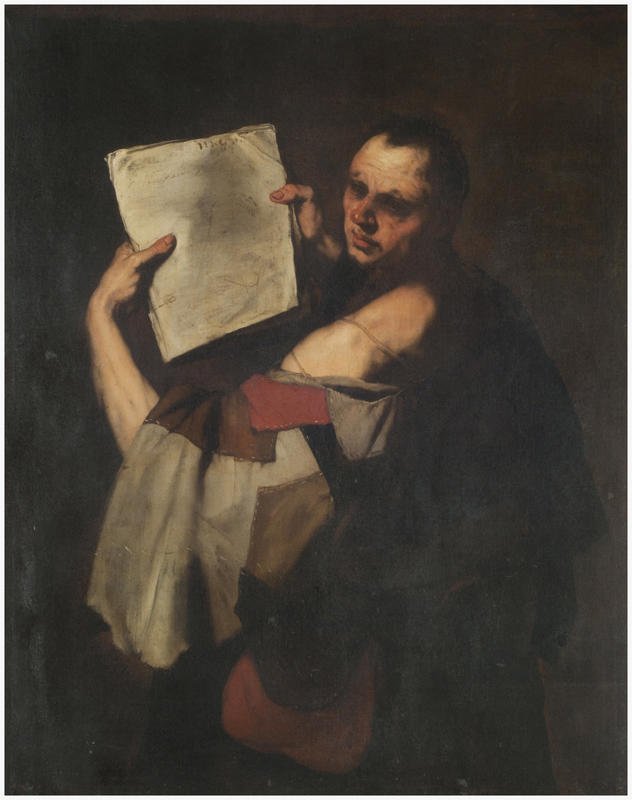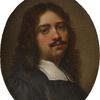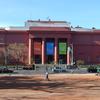More about An Astronomer

Contributor
Legends and dramas outline the shady life of Jusepe de Ribera.
What can we know for certain about the rebellious young Spanish teenager who left home to pursue the early modern bohemian’s dream of studying classical, renaissance, and mannerist art in Italy? Not much, definitively.
Un Astronomo (bearing no relation to its Dutch counterpart) is also surrounded in mystery. The portrait is only shakily attributed to the artist, and has been argued to actually be the work of Luca Giordano, an Italian successor who briefly shared time and history with Ribera, working well past the Spaniard’s death. However, through a close inspection of the fine details in Un Astronomo, we can fairly assert Ribera’s claim to the work. The subject’s posture, facial features, and even the guy’s dirty nails all bear strong resemblances to other paintings Ribera has done.
Yet this is only one of the elements of mystery surrounding Un Astronomo. There is the matter of its subject: who is the astronomer?
The identity of this hunched and scowly intellectual eludes scholars...yet, as with any good mystery, we are given fascinating clues. The papers the astronomer is holding reveal faint drawings of differently sized circles and cones resembling shadows and light. Scholars have interpreted these drawings to be detailed measurements of the sizes of and distances between the Earth and the Moon. This system was widely popularized by three famous Greek astronomers Ribera would have been familiar with: Ptolemy, Hipparchus, and Aristarchus. It is very likely that one of these three men is our astronomer.
Historically, Aristarchus was the only one of the three to formulate a heliocentric hypothesis―the belief that the Earth revolves around the Sun, rather than geocentrism, where everything in the universe revolves around the Earth. Aristarchus dealt with terrible political and religious persecution by those in power who believed in geocentrism. Our painting’s depiction of the astronomer as an impoverished beggar speaks to the same type of marginalized qualities that would have been forced upon Aristarchus.
As if that wasn’t enough, around the same time Ribera would have painted Un Astronomo, the famous Italian astronomer Galileo published a book which compared both heliocentrism and geocentrism and sided strongly with the former. As the book would gain attention, Galileo would be subject to similar forms of persecution and accusations of heresy.
All of this is to point out two things: first, it is likely Ribera’s portrait is of Aristarchus. Second, if this is true, his choice was a sly political one. Ribera was quietly supporting a belief that was still being opposed by the those in power. What appeared to be a simple portrait offers profound new insight into this already fascinating artist. The legend of Ribera not only rumors him a lover, cheater, murderer and mob boss―we may also now add political revolutionary to the list!
Sources
- Burucúa, José E. "An Astronomer (Un Astrónomo)." Museo Nacional De Bellas Artes. N.p., n.d. Web. 16 Sept. 2017.
- The Editors of Encyclopædia Britannica. "Luca Giordano." Encyclopædia Britannica. N.p., 23 Mar. 2017. Web. 16 Sept. 2017.
- Hellman, Hal. "Two Views of the Universe: Galileo vs. the Pope." The Washington Post. N.p., 9 Sept. 1998. Web.
- "José De Ribera." The Notable Names Database. N.p., 2014. Web. 16 Sept. 2017.
- "Jusepe De Ribera." Artble. N.p., 19 July 2017. Web.











